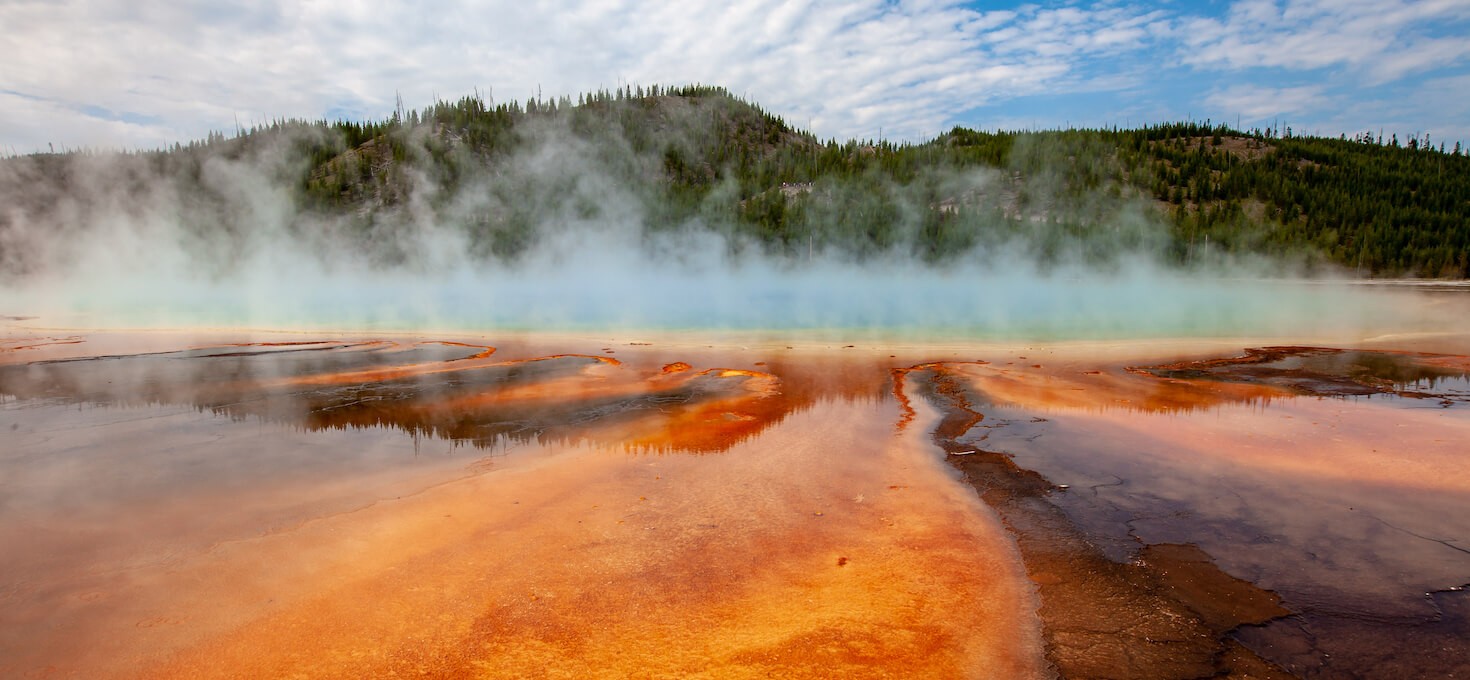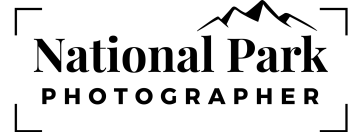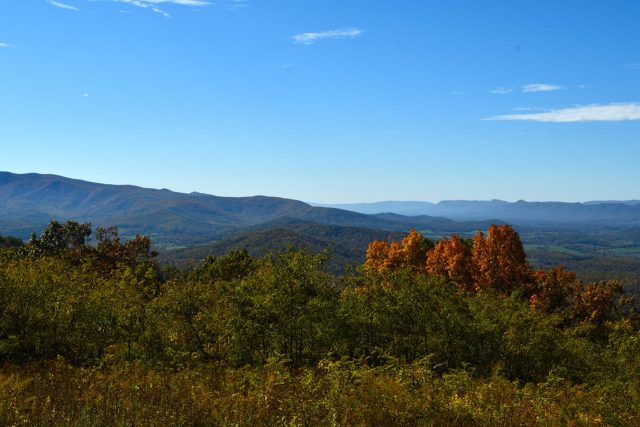
Yellowstone National Park, spanning across in Idaho, Montana & Wyoming, is a world-renowned natural wonder and the first national park in the United States. Spanning over 2.2 million acres, the park is home to a diverse range of geothermal features, including the iconic Old Faithful geyser, melting volcanic pots and steaming rivers. It boasts an incredible array of wildlife, including grizzly bears, wolves, and herds of bison and elk. Visitors can explore its vast wilderness through hiking trails, scenic drives, and backcountry camping. Yellowstone’s stunning landscapes, such as the Grand Canyon of the Yellowstone and Yellowstone Lake, offer breathtaking views that capture the essence of the American West. Be sure to visit the park website for current closures and conditions.
Map of Yellowstone National Park:
Top Photography Locations and Sights at Yellowstone National Park:
Yellowstone National Park Wildlife Photography:
Yellowstone National Park is filled with wildlife and biodiversity. If you like wildlife photography, you will love what this park has to offer!
Want to learn more about Yellowstone National Park? Check out these maps, guides & books:
- Yellowstone National Park Map (National Geographic Trails Illustrated Map)
- Frommer’s Yellowstone and Grand Teton National Parks (Complete Guide)
- Yellowstone National Park: The First 150 Years
- Lonely Planet Yellowstone & Grand Teton National Parks 6 (National Parks Guide)
- Best Easy Day Hikes Yellowstone National Park (Best Easy Day Hikes Series)
- Yellowstone Treasures: The Traveler’s Companion to the National Park
- Yellowstone National Park (Images of America: Wyoming)
- A Weird and Wild Beauty: The Story of Yellowstone, the World’s First National Park
Please note, by making purchases through our affiliate links, you are supporting our mission to celebrate and showcase our National Parks and the photographers who frequent them. As an Amazon Associate, National Park Photographer earns from qualifying purchases at no cost to you. We appreciate your support.


